Photography, videography: Andrew Rush
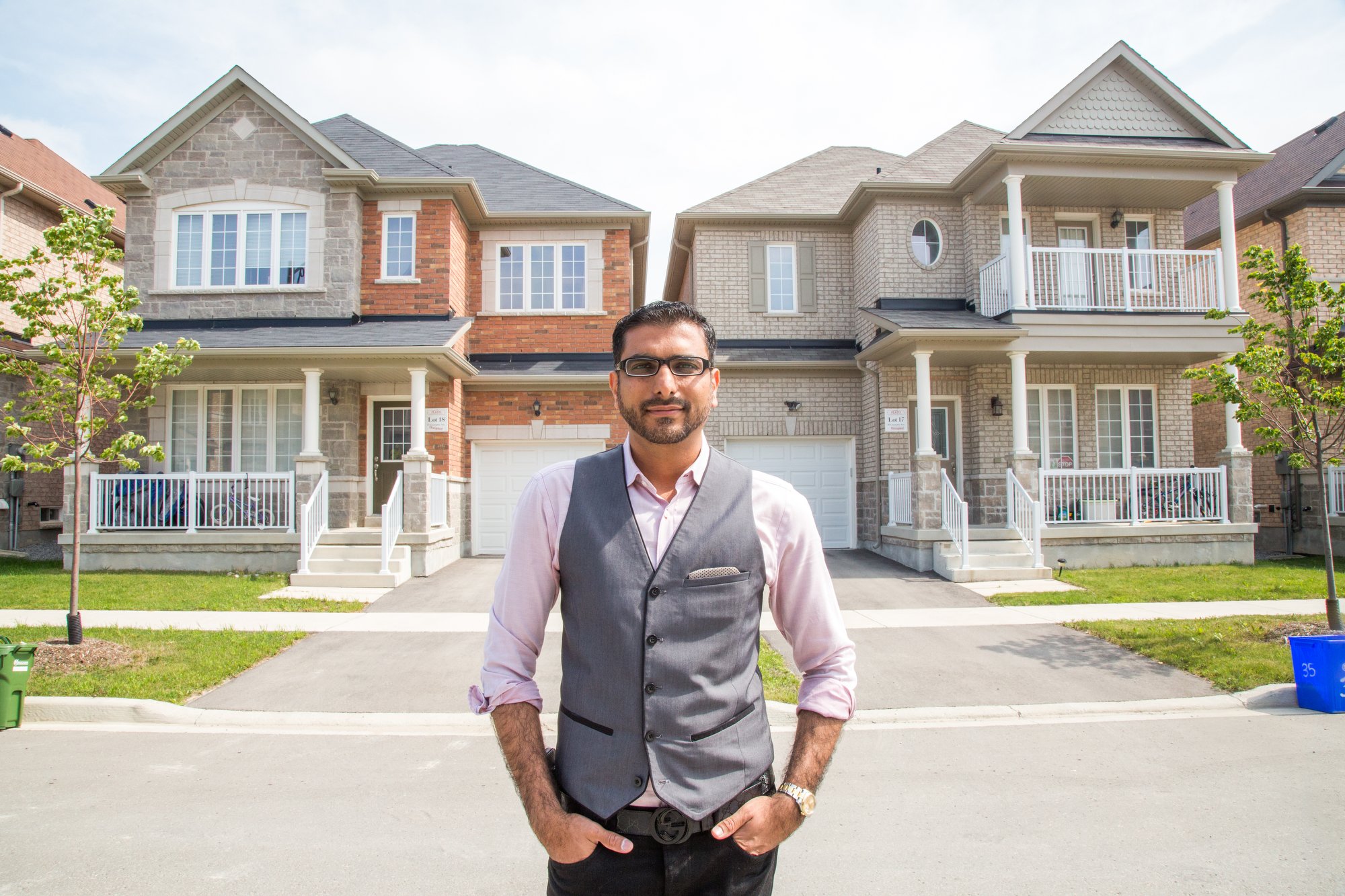

MARKHAM, Ontario—If you lined up 10 typical residents of this growing suburb of Toronto, only three would be Caucasian.
Of the rest, four would be ethnic Chinese, two would be from India or other South Asian nations, and one would be a polyglot mixture of dozens of other countries.
That explains why Markham, with 336,000 residents, was named this year as Canada’s most diverse city by Statistics Canada, the nation’s equivalent of the U.S. Census Bureau. In the 2011 census, more than 70 percent of the city’s residents were “visible minorities,” the agency reported, including nearly 115,000 people of Chinese descent, about 57,000 from South Asia, 9,000 from the Philippines, more than 6,000 from Iran, and even 15 people from the Isle of Man off the coast of England.
It is also affluent, with more than 1,000 high tech and life science firms and such major employers as IBM, TD Waterhouse, Johnson & Johnson and American Express. In fact, development has been so robust that the city has registered the lowest tax increase over the last six years of any municipality in the greater Toronto area.
Markham’s chief booster, Mayor Frank Scarpitti, said in May that new development in the city’s core would add 40,000 residents and 40,000 jobs over the next several years, and he proudly pointed to the new 147,000-square-foot Pan Am Centre, which will host the water polo, badminton and table tennis matches in next year’s Pan Am Games.
Home prices in Markham reflect its reputation as a magnet for affluent Asian newcomers.
A standard two-story home averages $690,000, the city’s website says, but in north Markham, typical three-bedroom homes range from $900,000 to $1 million, said developer Shakir Rehmatullah, CEO of the Flato Group.
The city props up home prices by limiting the number of building permits it will issue each year to match expected demand, said Mr. Rehmatullah, whose father immigrated from Pakistan, and yet many Chinese home buyers are able to pay cash for their houses.
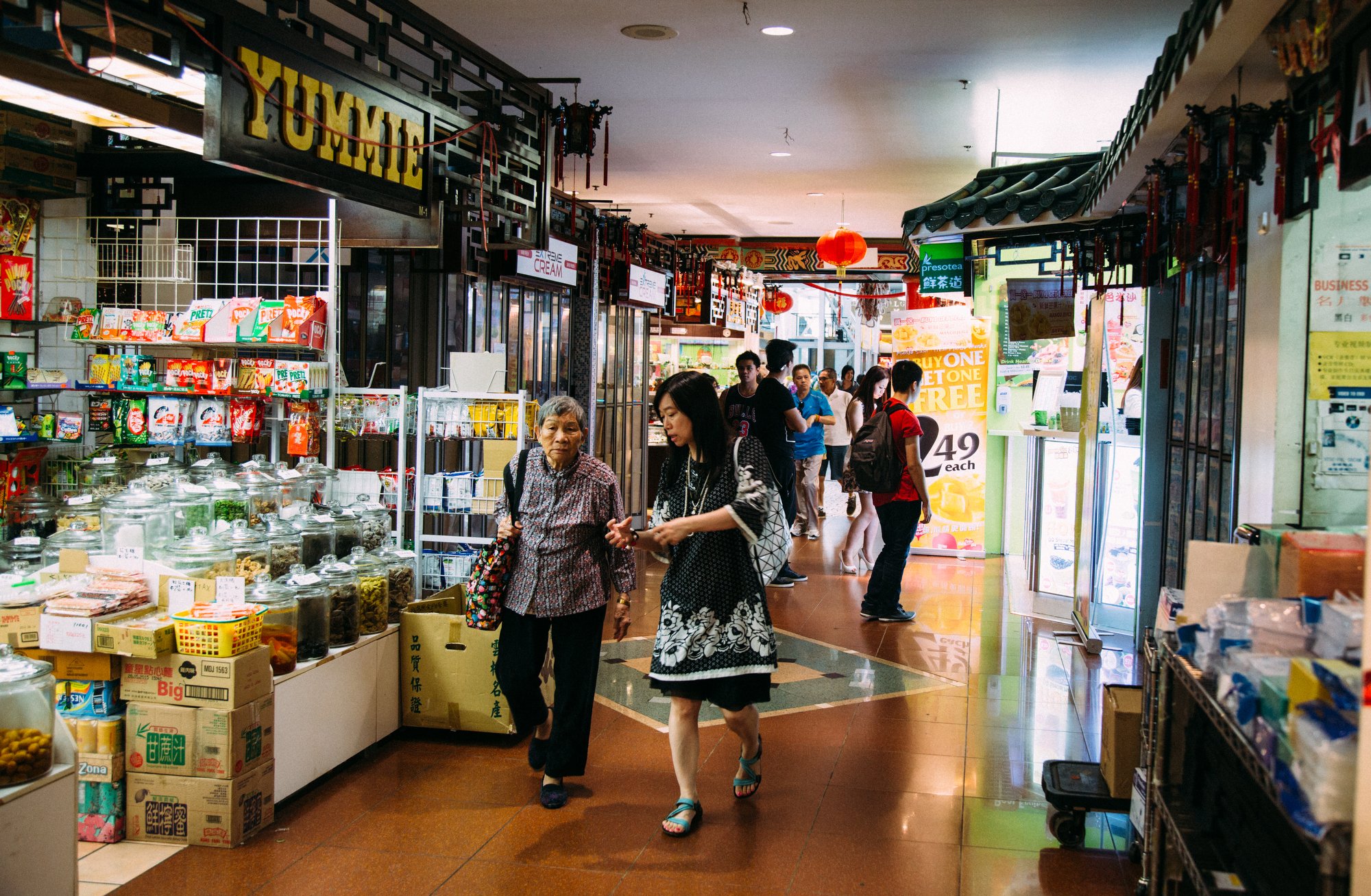
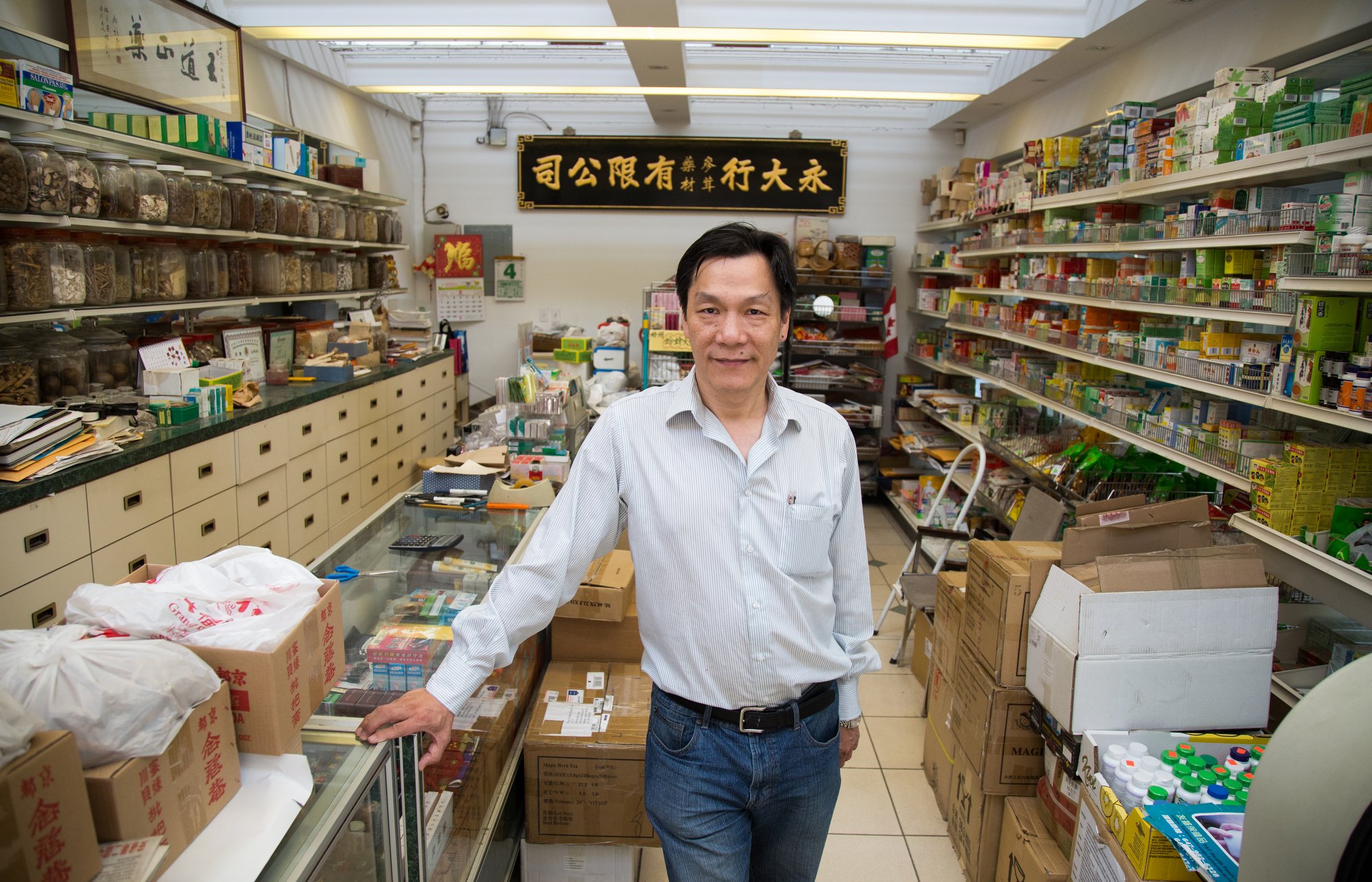
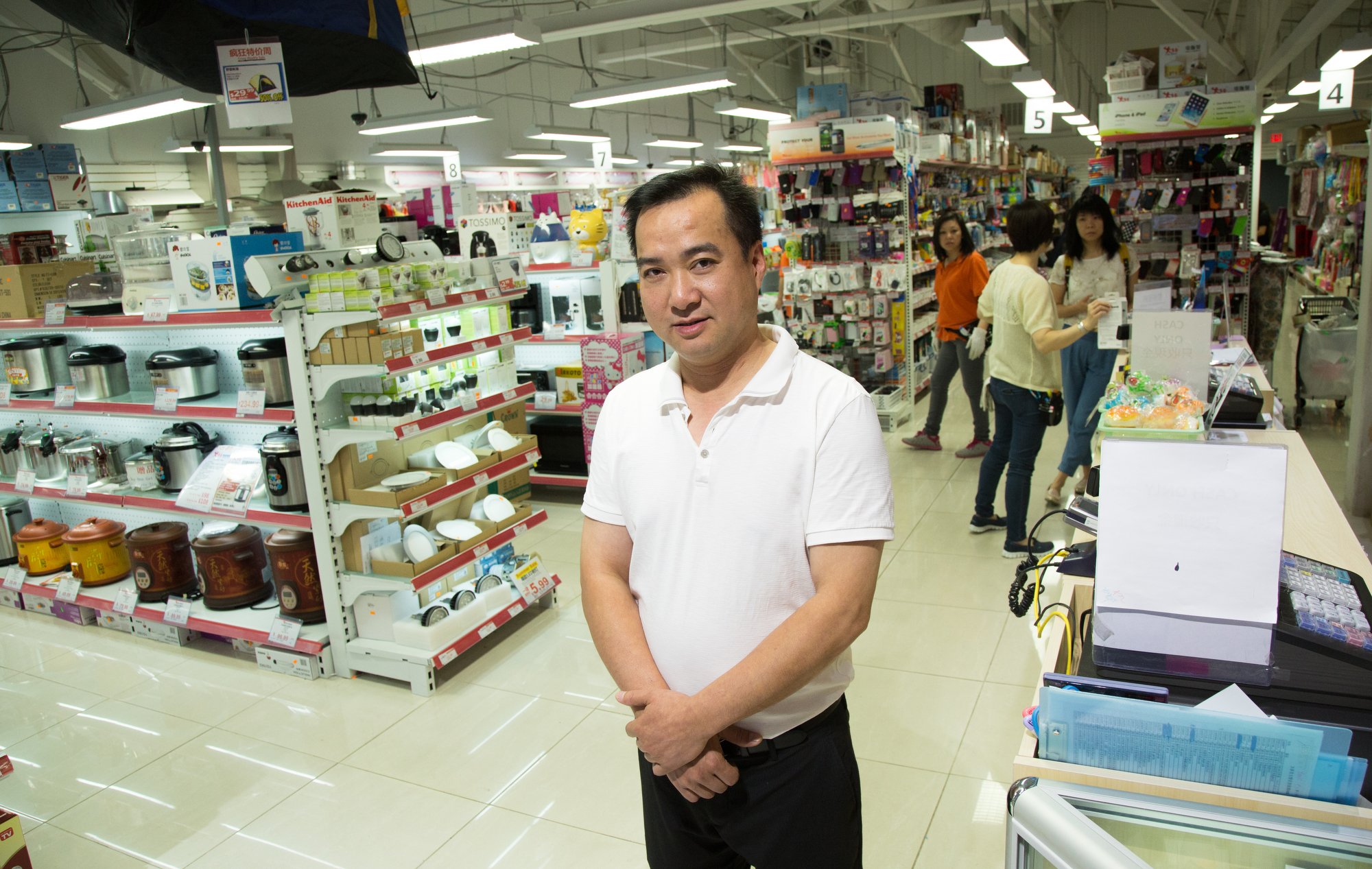

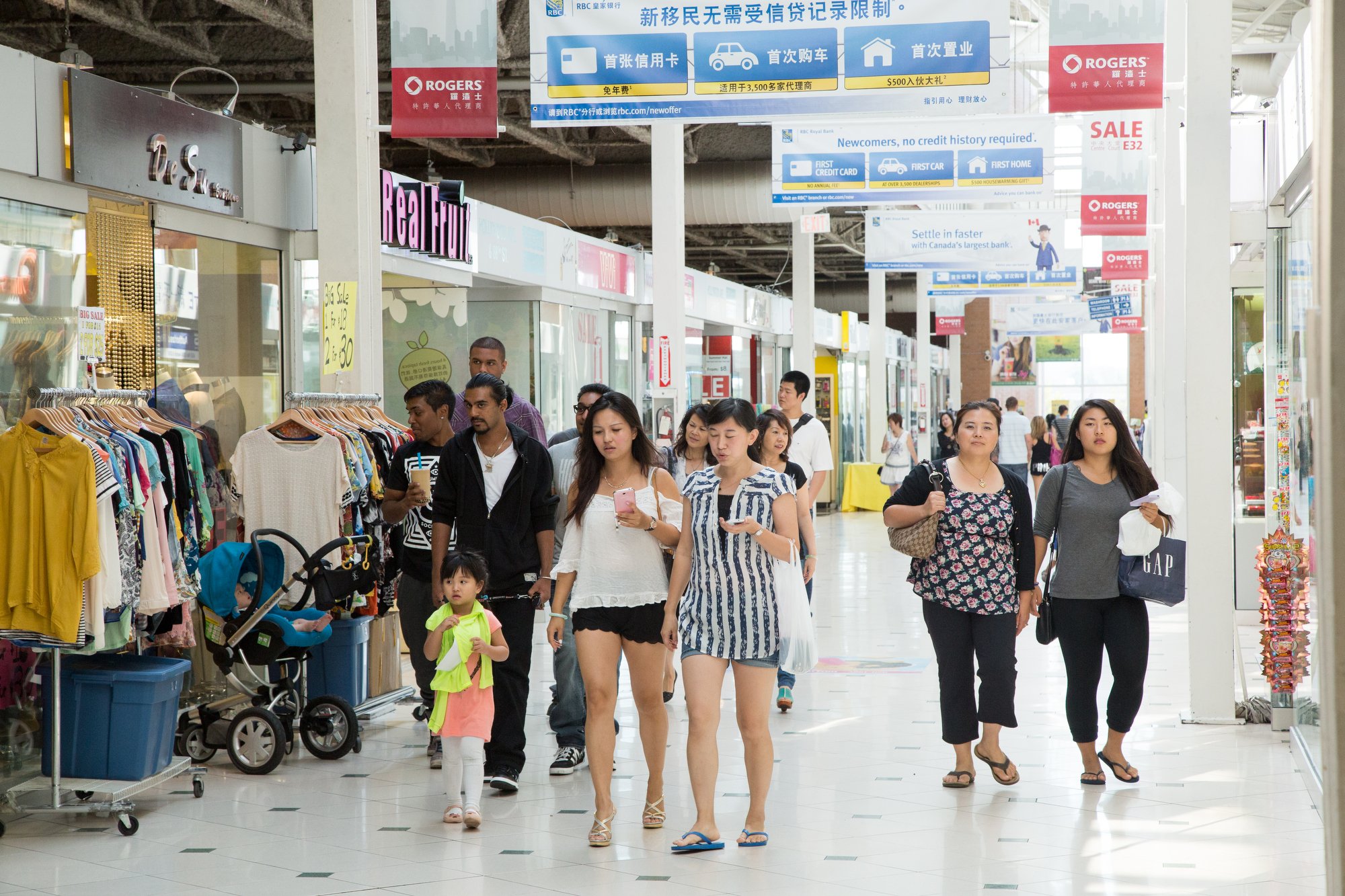
A Chinese mall
One visible symbol of the Chinese presence in Markham is Pacific Mall, billed as North America’s largest indoor Chinese mall.
The mall and its surrounding shopping center contain more than 500 stores. All feature both English and Mandarin on their signs. Many of the booths are highly specialized. A store selling designer cell phone cases sits next to one selling only used phones, while a bubble tea shop sits next to a hair salon. Sitting on the mall’s top floor is The Best Shop, a department store owned by Jimmy Chen. He opened the store last year, and said it features imported products that shoppers can’t find in WalMart or other Canadian mall stores.
Strolling down the aisles, he pointed to sets of mahjong tiles, ceramic slow cookers for Asian soups, special high volume range hoods to suck up the steam generated by sizzling woks, and delicate Chinese paper and writing instruments.
Mr. Chen arrived in Canada in 1994 from Guangdong in southern China. He knew both the Cantonese southern and Mandarin northern dialects of Chinese, but very little English. There were already enough Chinese residents north of Toronto, though, that he could get by in that language. After working for years, he scraped together $5,000 to start his first business. Today, he owns six department stores and two furniture stores, along with two warehouses in Markham.
Mr. Chen’s arrival coincided with a surge of Chinese investment in Canada, said Shuguang Wang, an immigration expert at Ryerson University in Toronto.
Many arrived from Hong Kong, fleeing before the British handed over control to China in the late 1990s. “Immigrants from Hong Kong have a culture of being self employed and of creating businesses,” Mr. Wang said, and because of the steep real estate prices in Hong Kong, they often were able to sell small apartments there and then buy a house outright in Canada.
Shannon Torres said she and her daughter often come to Pacific Mall because they are petite and they can more easily find clothes and shoes in their sizes.
Plus, she simply likes the variety. “I think the advantage of diversity is that it makes life a lot more interesting, and you just learn more, and I think it makes us a lot more open-minded in this country.”
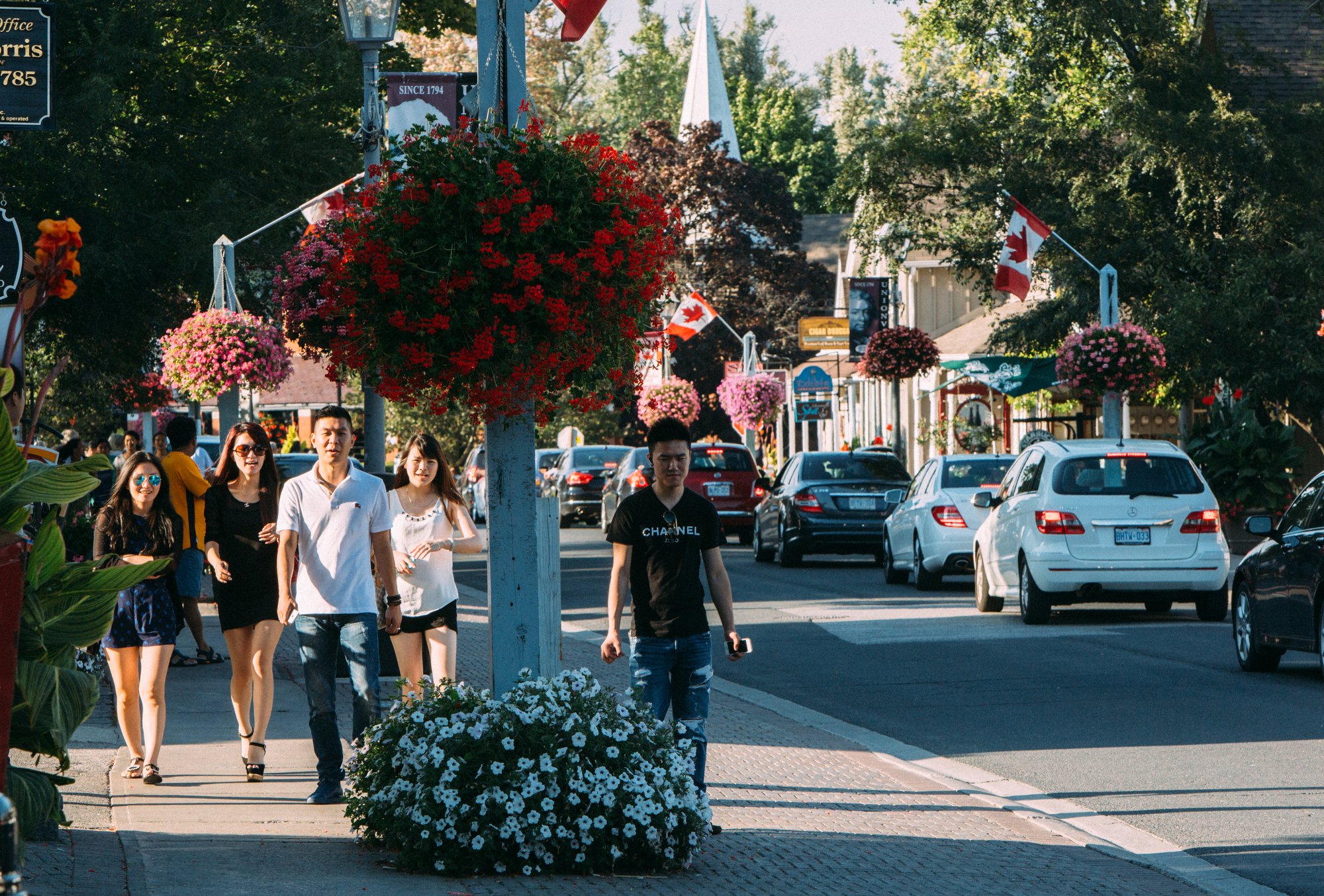
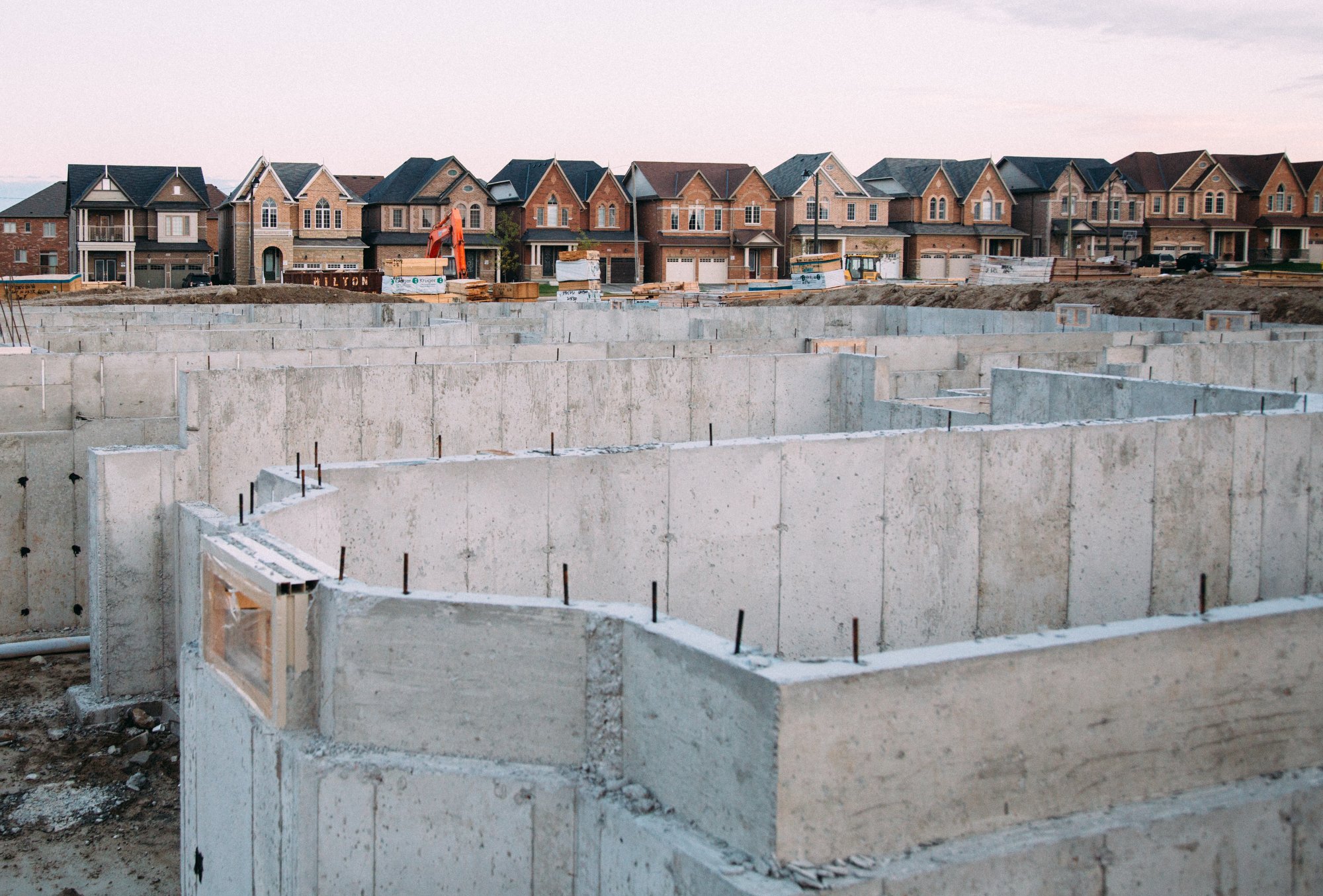
High tech hub
Royson Ng -- pronounced “Eng” -- has made his mark with computers and other high-tech products. He immigrated in the early 1990s from Malaysia, where his father was a watchmaker.
He eventually found a sales job at Future Shop, which was Canada’s largest electronic products retailer until it was purchased by Best Buy. Over the next few years, he rose to regional marketing manager, and when Staples entered the Canadian market, he was able to make a deal with a Chinese-owned computer firm called Samtack to supply hundreds of thousands of low-cost PCs to the Staples chain.
Soon, Samtack offered him a job, and within months of arriving, he was running the company.
Selling everything from computer components to refurbished computers to Asian foods, Samtack made him a wealthy man. It also allowed him to hire many fellow immigrants, particularly those from China. Many of the more recent Chinese immigrants he hired had high-tech training, he said, and in the company’s warehouse, he was able to employ “a lot of housewives who were very hardworking” and appreciated the Samtack schedule, which allowed them to leave at 4 p.m. and greet their children when they came home from school.
Recently, Mr. Ng turned over management of the company so he could invest in online commerce companies and support a favorite charity, the Chi Heng Foundation, which pays for schooling for Chinese children orphaned when their parents contracted AIDS from tainted blood transfusions. “It’s related to what I believe in, because when I came to Canada it was for my kids’ education.”
The immigrant focus on education was also what motivated Joe and Sophia Lu to set up Merit Education in Markham, a company that provides educational consulting and tutoring and also runs a private college-prep high school.
Mr. Lu immigrated to Canada in 2001, when Sophia, his only child, was 12, and he used his background as a higher education researcher in China and Japan to explore the best opportunities for her schooling in the Toronto area.
By the time she graduated from high school in Markham, Ms. Lu had won a prestigious Loran Scholarship, which gave her a full ride to Queens University in Ontario. She and her father jointly decided that the money her parents had saved for her college education should be spent instead to set up Merit Education. From the start, he said, one of his main challenges has been to teach recently arrived Chinese students how to adapt to a Western educational style. In addition to improving their English, Chinese immigrants have also had to learn how to solve problems and think creatively, he said, as well as round out their experience with service activities and leadership skills.
While the Lus feel they are meeting the needs of a select number of ambitious students, the city’s public schools are thriving.
Four of the top 20 high schools in Ontario are in Markham, and even though the public schools in Canada are free to citizens and permanent residents, other foreign-born students pay $13,750 a year in tuition. “Public schools are doing a lot to attract international students because it’s a big revenue source,” Ms. Lu said.
Ideally, said Ryerson’s Mr. Wang, government officials would like to see immigrants to Canada more evenly distributed, but he thinks that’s unlikely to happen.
“The government does everything to try to spread the immigrants to smaller municipalities, but the constitution allows everyone the freedom to move where they want, and immigrants go to places where they can find a job.”